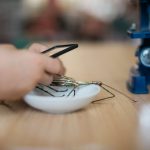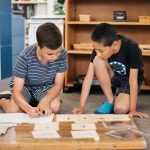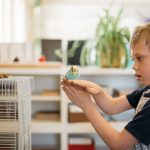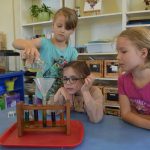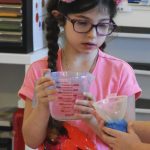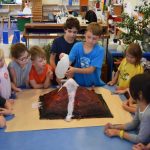Geography and Science
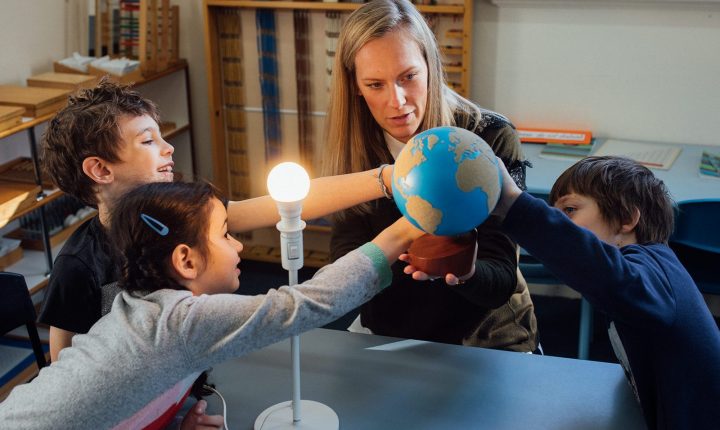
In the Montessori Curriculum, Science is integrated within the subjects of Geography and Biology.
What do the children explore as part of the Montessori Geography/Science lessons?
Geography
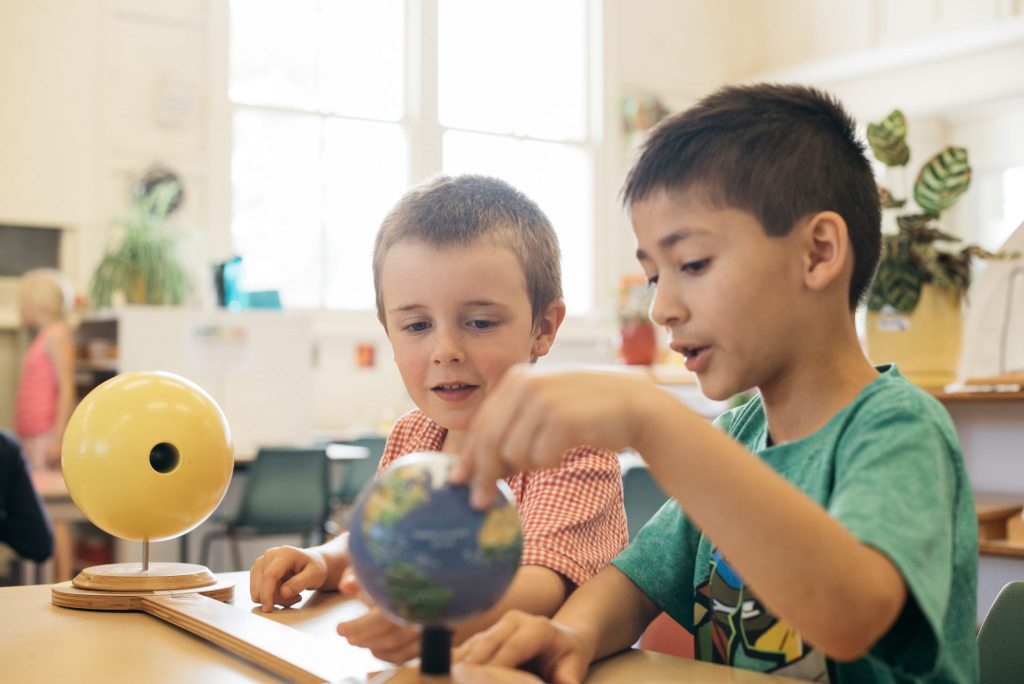
Geography is presented to the children in two forms:
- Physical Geography: the composition of the earth and its processes. The children explore the following sciences:
- Plate tectonics/Geology
- Meteorology
- Chemistry
- Astronomy
- Oceanography
- Physics.
The children are presented with key lessons on the following topics:
- The Composition of the Earth
- The Nature of the Elements
- The Sun and Earth
- The Work of Water
- The Work of Air
- Economic Geography.
- Political Geography: The human designed names and boundaries of the globe. The children explore:
- The names of countries, cities, locations and natural features in each continent.
- Production and consumption of natural resources in the child’s own country.
- Global links and relationships.
- Relationships between culture, vegetation and climate.
Biology
Biology is presented to the children in four forms:
Botany: The study of plants
- Needs of the plant
- The vegetative parts of plants
- The reproductive parts of plants
- Classification of the plant kingdom
Zoology: The study of animals
- Vertebrates and invertebrates
- Animal stories and animal research
- Classification of the animal kingdom
Ecology: the interdependencies of living and non-living things
- Ecosystems
Human anatomy: the full study of the human body systems and their function.
What is the Montessori approach to Geography/Science in the Primary classroom?
The Montessori approach to Geography and Science in the Stage 2 and 3 classroom involves demonstration, classification, looking at specimens and artefacts and going out.
Demonstrations
Science experiments and demonstrations are essential to the Montessori lessons.
- Through experiments, the children learn to collect materials, predict results, carry out instructions, make predictions, record results and find connections.
- Demonstrations are aimed at giving the children a hands-on experience of the scientific process that occur on our earth.
- From these demonstrations, the children can use their imagination and reasoning mind to make connections to the real world processes that are occurring around them each day.
- In Botany, demonstrations utilise real specimens and allow the children to see the specialised nature in which plants grow and thrive.
- Demonstrations support a fundamental value of gratitude for the world around us and understanding of the interdependencies between all living and non-living things.
Classification
- The children learn to scientifically classify plants and animals.
- This provides a key tool for the children’s observation of the intricate world around them.
- A deeper understanding of the plant and animal kingdoms creates a greater sense of love and appreciation for all life living on the planet.
Specimens/artefacts
- Montessori schools and classrooms are rich with specimens and artefacts to support the children’s learning and engagement. They are used as tools for telling stories and also as inspiration for the children’s research and understandings.
- Real-life specimens are used for dissections, research and investigations to support the children’s true understandings of how living things grow and function.
- The children care for plants, and animals, in each classroom to support their sense of responsibility and care for the environment.
- The outdoor environment within the school is used as an extension of the classroom learning environment. The children are encouraged to explore the plants and animals within their school, make observations, collect specimens as well as grow and care for their gardens.
Going Out
Resources within the community offer a wide range of learning experiences for the children and support the extension of their knowledge in all subject areas. Going out into the community allows deeper connections and understandings to be made. The children may go out in small groups for walks around the community to collect specimens, to visit local stores, to attend educational events or to visit museums and other learning institutions. Geography/Science takes on a more real form when the children are able to observe the land and natural features in their own city and understand these processes through their own experiences and observations.

